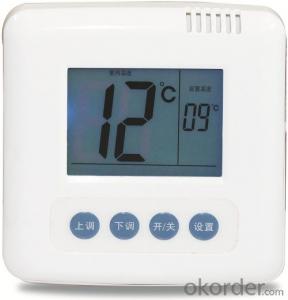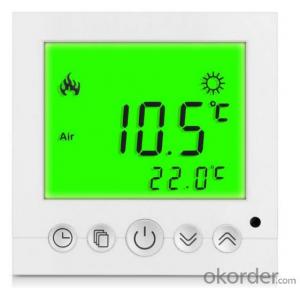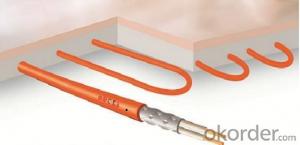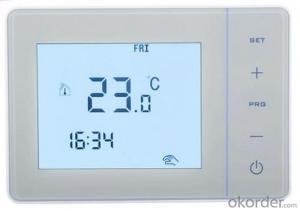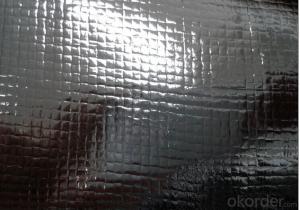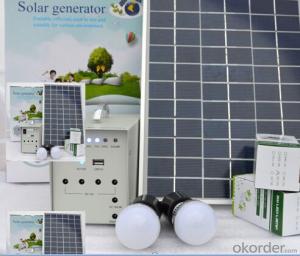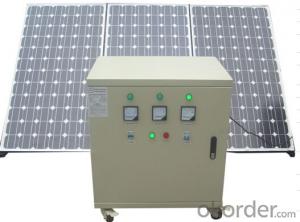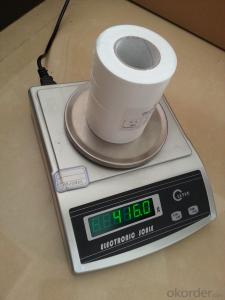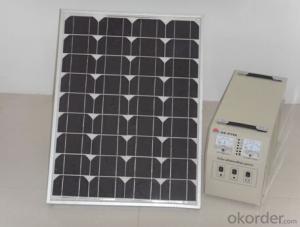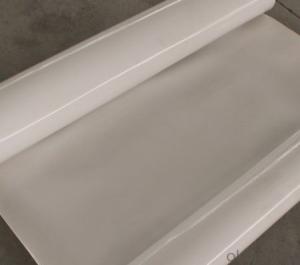Two Inverter Solar System
Two Inverter Solar System Related Searches
Primer For Galvanized Steel H S Code For Stainless Steel Wd 40 For Stainless Steel Spray Paint For Stainless Steel Glue For Stainless Steel Step Bit For Stainless Steel Magnets For Stainless Steel Caulking For Stainless Steel Steel Vessels For Kitchen Best Solar Inverter For HomeHot Searches
Steel Mesh Panels For Sale Cheap High Tea Sets For Sale High Density Fiberboard For Sale Solar Hot Water Collectors For Sale Scaffolding For Sale In Uae Scaffolding For Sale In Ireland Scaffolding For Sale In Houston Type Of Inverter For Solar Price Of Shipping Containers For Sale Used Solar Inverter For Sale Portable Led Signs For Sale Stone Hot Water Bottles For Sale Large Led Screens For Sale 1/4 Aluminum Plate For Sale H4 Led Headlight Bulbs For Sale Flexible Solar Cells For Sale Air Pump For Aquarium Price Inverter Size For Solar System Solar Edge Inverter For Sale Aluminum Bar Stock For SaleTwo Inverter Solar System Supplier & Manufacturer from China
Okorder.com is a professional Two Inverter Solar System supplier & manufacturer, offers integrated one-stop services including real-time quoting and online cargo tracking. We are funded by CNBM Group, a Fortune 500 enterprise and the largest Two Inverter Solar System firm in China.Hot Products
FAQ
- The role of a solar inverter in a solar-powered desalination system is to convert the direct current (DC) generated by the solar panels into alternating current (AC) that can be used to power the desalination equipment. It ensures the efficient utilization of solar energy by transforming it into a usable form for the desalination process.
- Yes, a solar inverter can be easily integrated into an existing electrical system. Solar inverters are designed to seamlessly connect with the existing electrical infrastructure of a building or property. They can be installed alongside the main electrical panel and connected to the grid, allowing the solar energy generated by the panels to be converted into usable electricity for the building's consumption. With the help of a qualified electrician or solar installer, the integration process can be straightforward and efficient.
- Yes, a solar inverter can be used with solar-powered desalination systems. A solar inverter is essential in converting the direct current (DC) power generated by solar panels into alternating current (AC) power that can be used to operate the desalination system. This allows for the efficient utilization of solar energy for powering the desalination process.
- The maximum DC input current for a solar inverter will depend on the specific model and specifications of the inverter being used. It is important to refer to the manufacturer's documentation or consult the product's technical specifications to determine the maximum DC input current for a particular solar inverter.
- Yes, a solar inverter can be used in a hybrid solar system. A hybrid solar system combines solar power with other sources of energy, such as batteries or a backup generator. The solar inverter is responsible for converting the DC electricity generated by the solar panels into AC electricity that can be used to power appliances and other electrical devices. In a hybrid system, the solar inverter works in conjunction with other components, such as a battery inverter or a grid tie inverter, to manage the flow of electricity between the solar panels, batteries, and the electrical grid.
- A solar inverter handles variations in grid frequency by continuously monitoring the frequency of the grid and adjusting its own output accordingly. If the grid frequency increases, the inverter decreases its output to maintain a stable supply. Conversely, if the grid frequency decreases, the inverter increases its output to compensate for the drop. This enables the solar inverter to synchronize with and support the grid, ensuring a reliable and stable power supply.
- When purchasing a solar inverter, there are several key features to consider. Firstly, the power rating of the inverter should match the capacity of your solar panels to ensure efficient energy conversion. Additionally, the efficiency of the inverter is important as it determines how effectively it converts solar energy into usable electricity. Other crucial features include the type of inverter (string or micro), warranties and certifications, monitoring capabilities, and safety features such as overload protection and anti-islanding protection.
- The key factors affecting the warranty coverage of a solar inverter include the length of the warranty period, the brand and reputation of the manufacturer, the quality and durability of the components used in the inverter, and the specific terms and conditions outlined in the warranty agreement. Additionally, factors such as proper installation, maintenance, and usage in accordance with the manufacturer's guidelines can also impact the warranty coverage.
